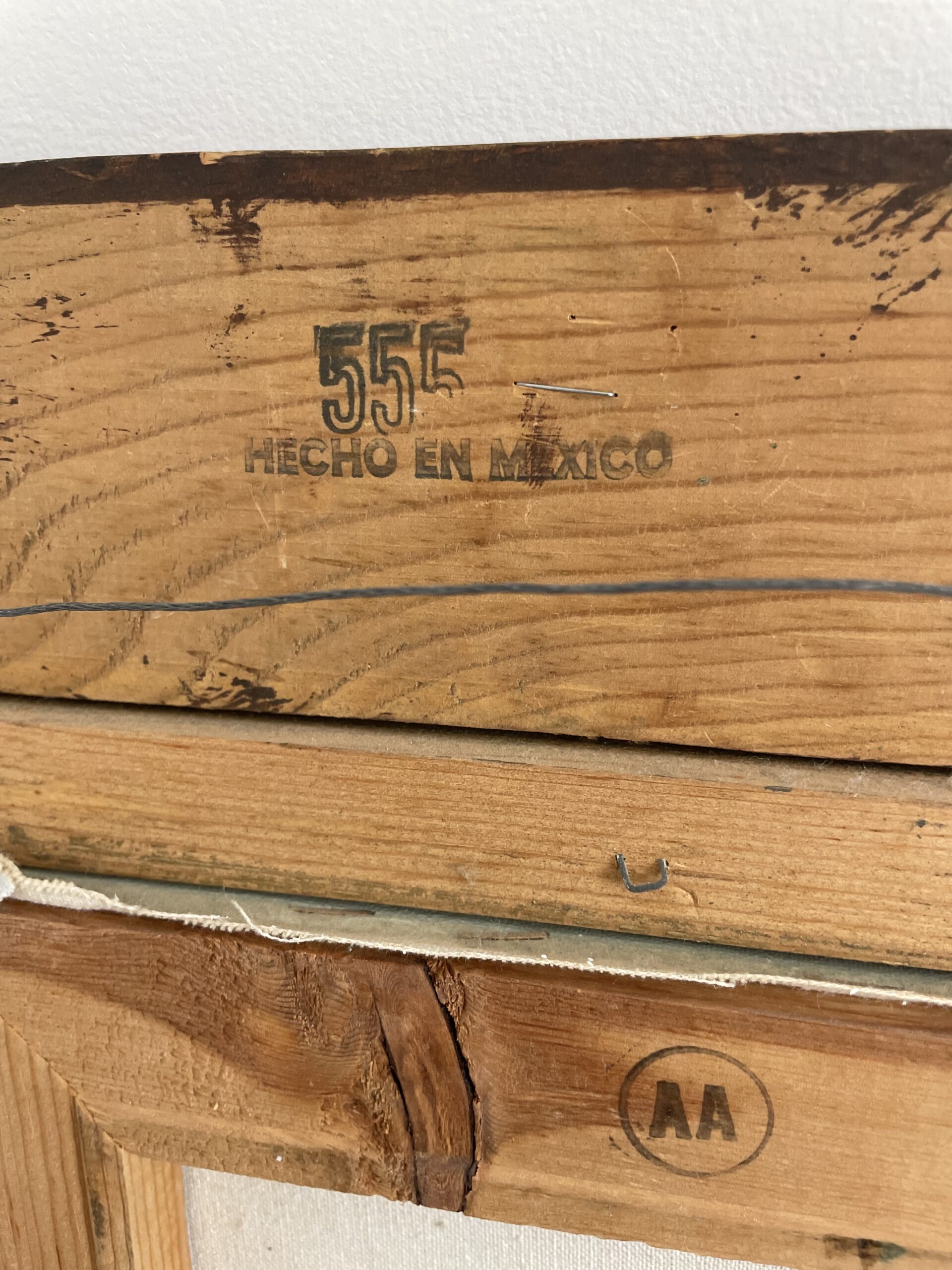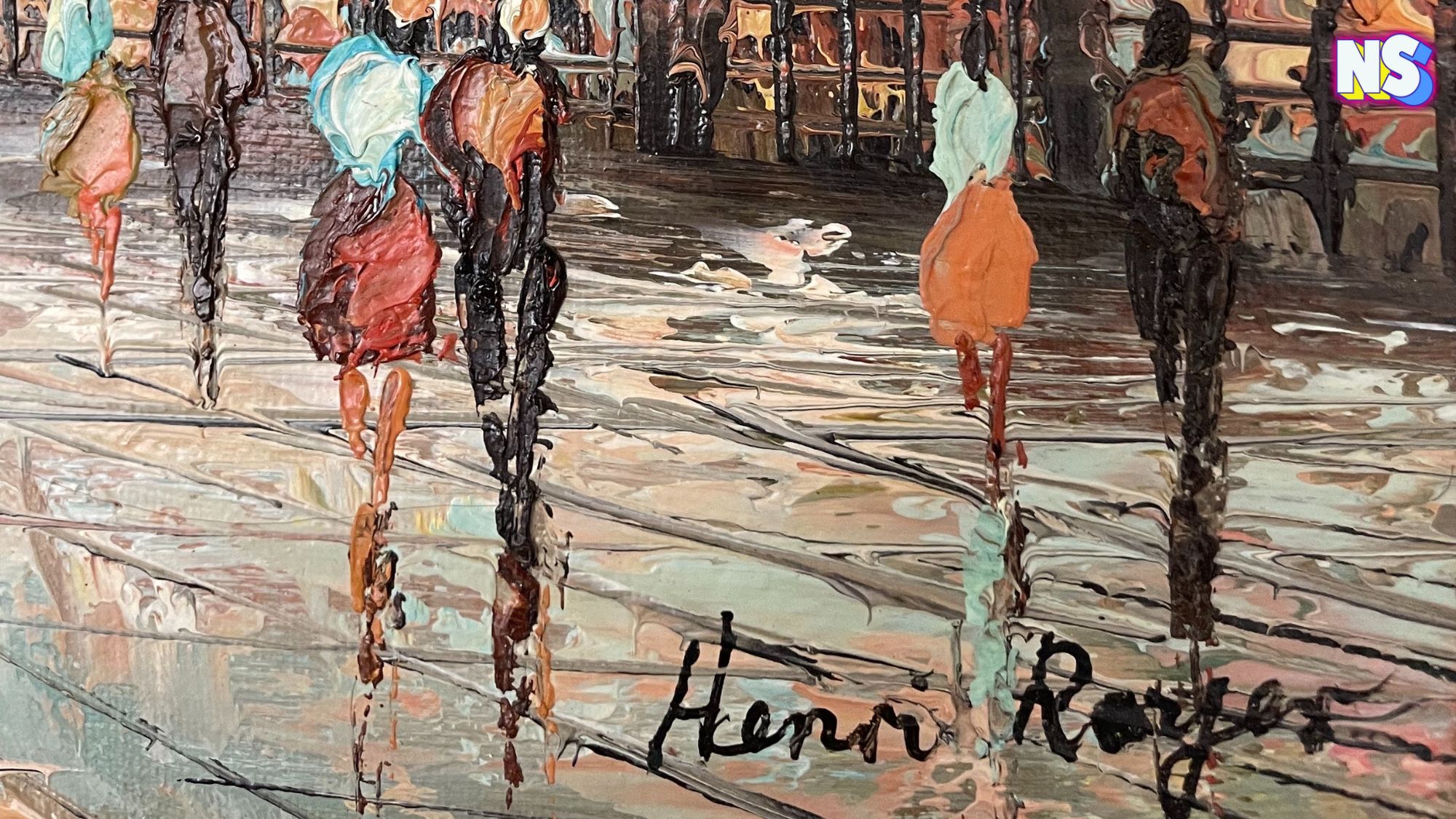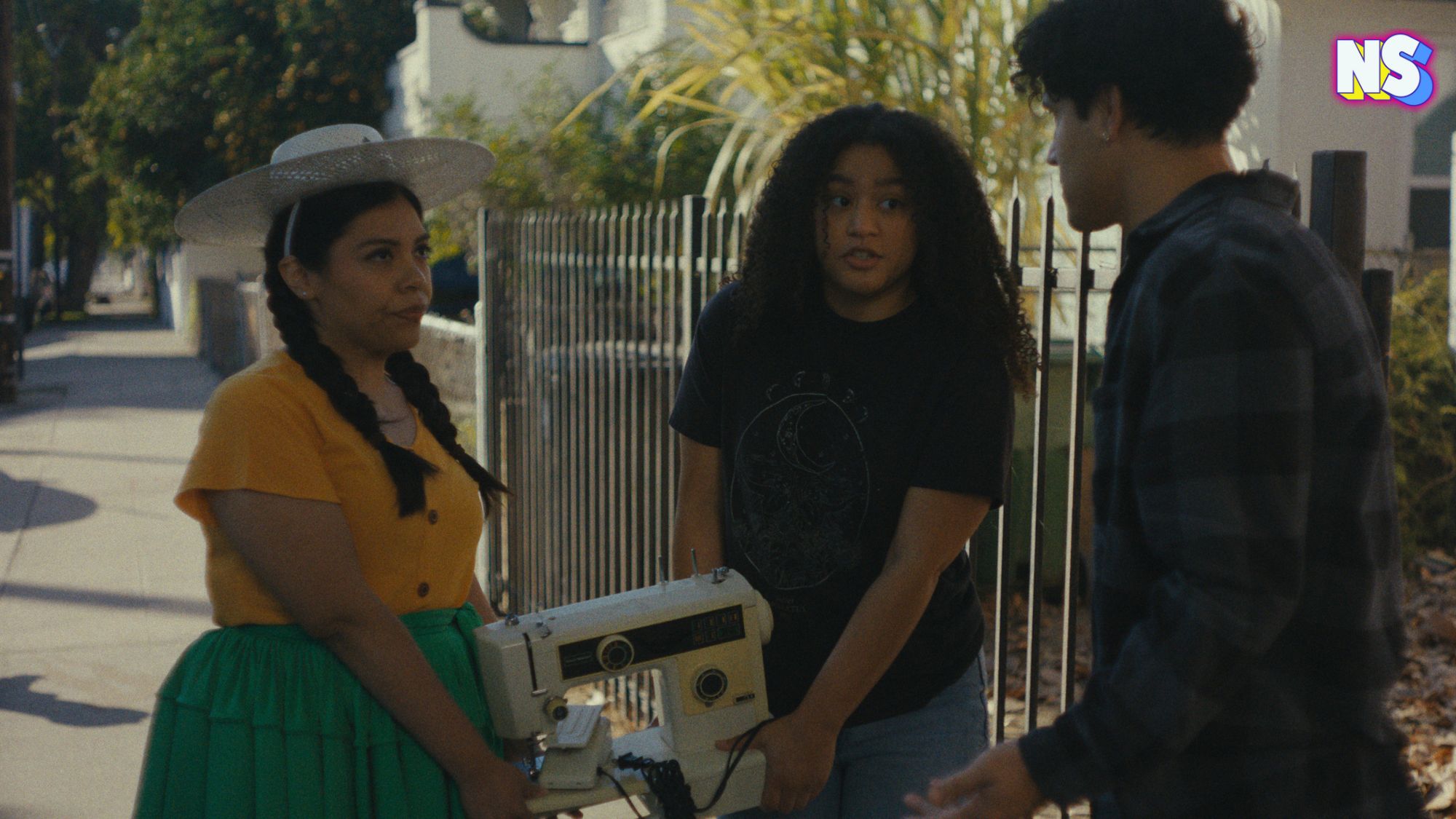Growing up, our family room was graced with two paintings by the talented painter Henry Rogers. Or was it Henri Rogers? Honestly, I never gave the artist’s signature much thought. The paintings were classic Paris street scenes — quaint streets, stylish Parisians, and a French landmark. Très chic. They hung there for years, silently reminding us that we were cultured, or at least trying to be.
Then, just yesterday, I was wandering through my favorite thrift store, far from my childhood home in Morristown, New Jersey, when, lo and behold, I spotted a painting that stopped me in my tracks. It was exactly like my dad’s Henry Rogers’ painting! However, this time, the signature on the familiar art was a Frenchified “Henri Rogers.”
Two dollars later, it was mine. And a quick online search revealed this $2 find was worth around $200 to $600. But something was off.
Why was my thrift store find signed with a French flourish, while my dad’s paintings went the more straightforward route? I dug deeper and found a Vox article exploring the very same mystery. Turns out, I wasn’t alone in my Rogers confusion, and newfound obsession.
Henry Rogers: Artist Who Wasn’t There
Henry (or Henri) Rogers, as the Vox piece explains, is a bit of an enigma. His impressionist-style depictions of Paris seem to exist solely in online auctions, thrift stores, and the occasional yard sale these days. And the paintings are eerily similar — same city, same aesthetic, same trees, but different signatures. Sometimes it’s “Henry,” sometimes “Henri,” as if the artist himself couldn’t remember how to spell his own name.
For years, the only person truly obsessed with this mystery was a man named Philip Lord, the curator of a quirky blog called living-in-the-past.com. Lord became consumed with uncovering the truth about Rogers. Was he a solitary painter capturing the streets of Paris, or something else entirely?
Lord’s research led him to a surprising theory: Rogers might not have been a single artist at all, but a collective of painters. And they weren’t painting in Paris. They were in Mexico.
Paris by Way of Mexico
Enter Vox Producer and writer Coleman Lowndes and an artificial intelligence lab – the Materials for Opto/Electronics Research and Education (MORE) Center – at Case Western Reserve University, in Cleveland, Ohio. Using AI and high-tech scans, they analyzed dozens of Rogers’s paintings Lowndes donated for the project. Their conclusion? The brushstrokes didn’t match up. These paintings were created by different people — possibly an entire workshop of artists churning out Parisian street scenes. The biggest clue? The frames. Nearly all of them were stamped with “Hecho en México” — Made in Mexico. 
Made in Mexico
While there isn’t much online about the artists or the frames, one insightful comment on Vox’s YouTube video sheds light on the mystery: “Mexico was the major producer of readymade frames sold in the U.S. during the ’60s and ’70s, before China moved into that niche. Artwork from that period is easily dated by the Made in Mexico stamp on the frame.”
Sure enough, my thrift store find — unlike the paintings my dad owned — came with a wooden frame marked Hecho en México.
So, who was Henri Rogers? A French painter? A Mexican workshop? A figment of our collective imagination?
I can’t say for sure, but here’s what I do know: I grew up with two Rogers paintings in my home. Yesterday, I found a third for $2. It’s now hanging in my family room. And it serves as a mysterious reminder of an artist — or perhaps a group of artists — who painted Paris from a place far from France, Mexico. And whether it’s Henry or Henri, one thing’s certain: this mystery is worth far more than two bucks.





